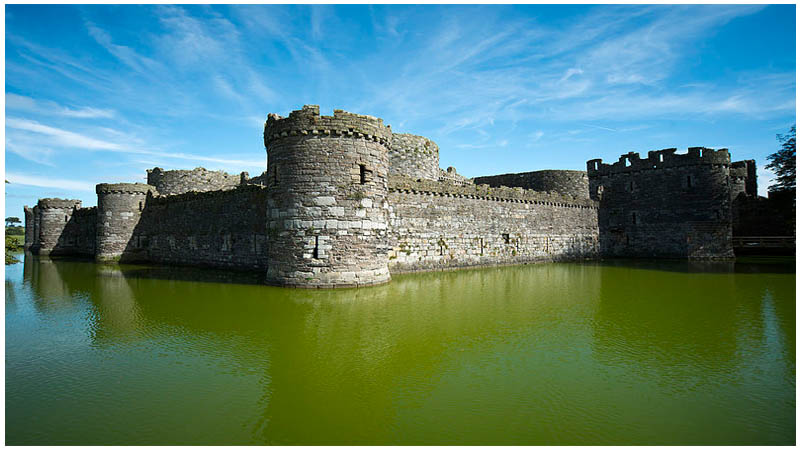Before the island of Great Britain was united, the kingdoms of what are today England and Wales were periodically at war for many centuries. England was united as one nation by the early 1000s, but Wales was still divided into several distinct small kingdoms until the late 1200s.
They were finally brought together by Llywellen ap Gruffudd, Prince of Wales. However, the territories of Wales were invaded and eventually conquered by the kingdom of England under King Edward I; Llywellen was killed in battle in 1282 and the English Crown took up the title of Prince of Wales.
Edward conceived a plan in 1284 to build a stronghold on the Isle of Anglesey, northeast Wales, to help cement his control over the unruly northerners. A lack of funds meant construction was delayed — however, his plans were soon put into action after a Welsh revolt in 1294-5: the Madog ap Llywelyn uprising.
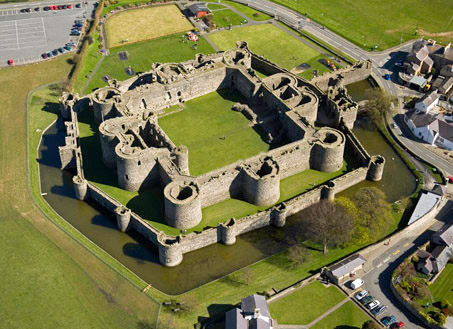
Edward appointed his Chief Engineer, Master James of Saint George, to act as architect and supervisor of the whole project. His symmetrical concentric design with four lines of fortification, including a moat which was filled by the sea like an idyllic beach sandcastle, is hailed as the most technically perfect castle in Britain. The huge and impressive Beaumaris Castle has stood the test of time, but it was never entirely finished.
An area of marshland close the Menai Strait, the narrow channel that separates Anglesey from the mainland, was chosen. Partly as a demonstration of power, the entire population of the nearby town of Llanfaes was relocated to a brand new settlement, Newborough, 12 miles to the southwest — and an English town that would fall under protection of the castle was established in its stead. The town of Beaumaris grew rich because it controlled the Menai ferry.
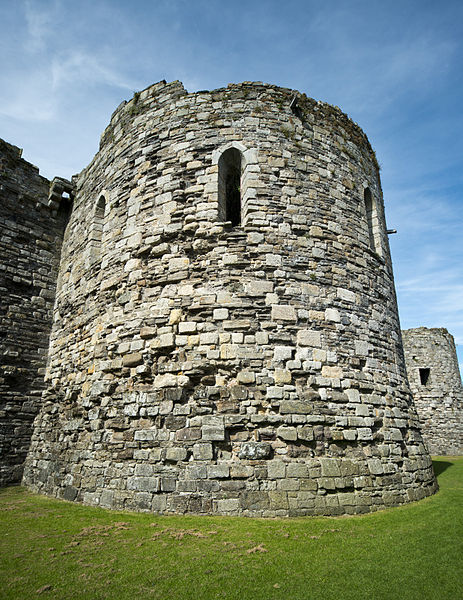
As was common practice at the time, the construction process was well documented. Work began in April 1295 and during the first summer 1,800 laborers, 450 stonemasons, and close to 300 quarry-men were involved in the castle’s construction. When winter came, the middle of the site was filled with workers huts. In the spring of 1296, Master James sent a letter to Edward explaining the high costs of construction and stating that the same tempo must be followed in order to finish the castle.
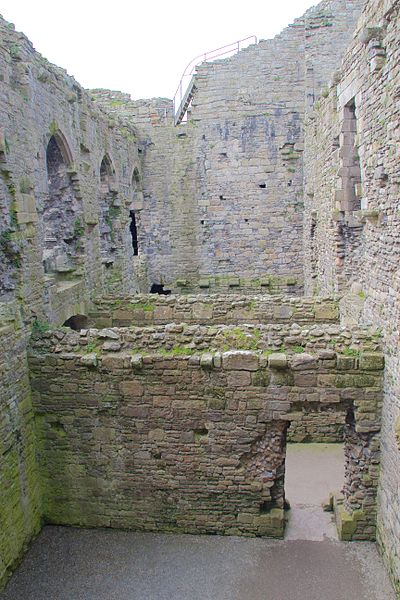
But King Edward’s focus had shifted to his military campaign in Scotland. Resources for Beaumaris dried up, leaving the construction project in debt and the castle semi-finished; some of the walls were half of the height they were supposed to be, and other parts had no outer defense walls at all.
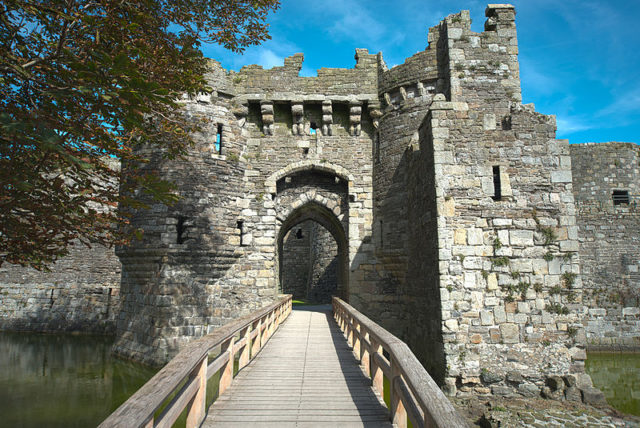
Work recommenced in 1306 because Edward’s concern about a Scottish attack on North Wales started to rise. The castle had been neglected and was in a desperate state. Work continued until 1330, then once more construction stopped and once more the castle was left unfinished.
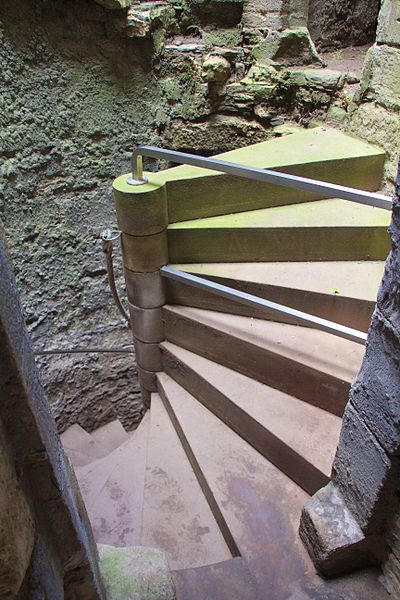
After the English Civil War (1642–1651), a number of castles were severely damaged and were pretty much useless. The story with Beaumaris Castle was different, for this fortification stood at a strategic location and was too important for the Parliament to risk losing it.
By 1807, it was deemed obsolete and sold into the private ownership of Lord Thomas Bulkeley, who owned the neighboring Baron Hill estate. By then the castle was in ruins and attracted a number of painters and artists who came to admire its ancient ivy-covered walls.
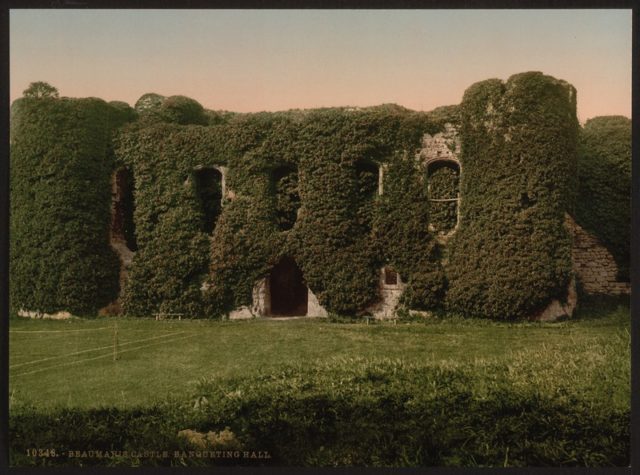
Famous visitors during this period included Queen Victoria in 1832, and it was painted by William Turner in 1835. Renovation of Beaumaris Castle began after it was handed over to the care of the Royal Office of Works in 1925 and 25 years later it was added to the National Heritage List as a Grade I building. Later, in 1986, the castle was listed as a World Heritage Site.
Today the Welsh historic environment service, Cadw, is responsible for managing this fortress and thousands of visitors walk through the gateway each year.
